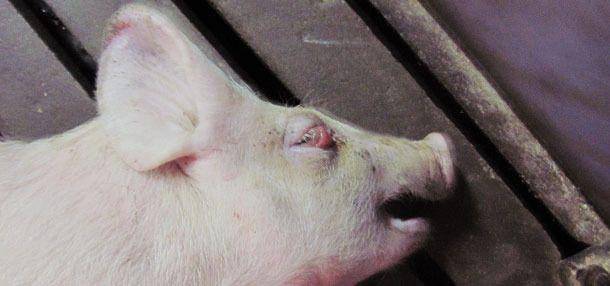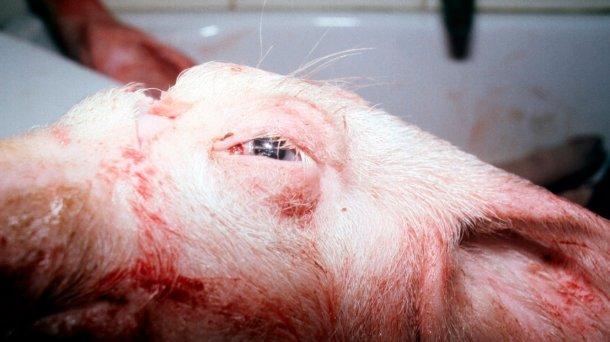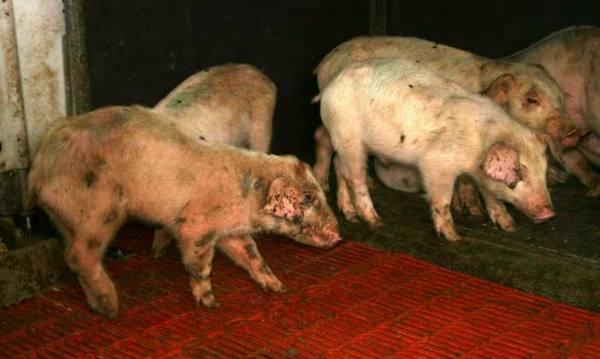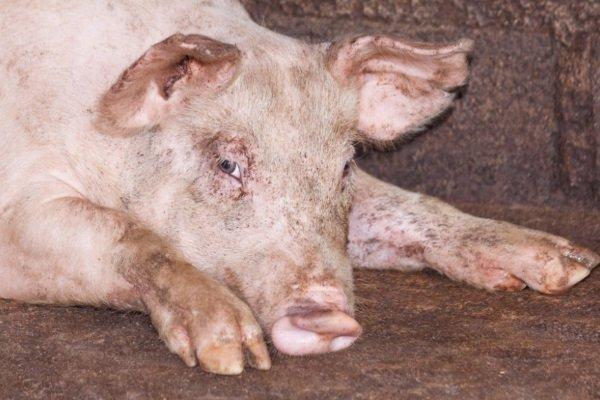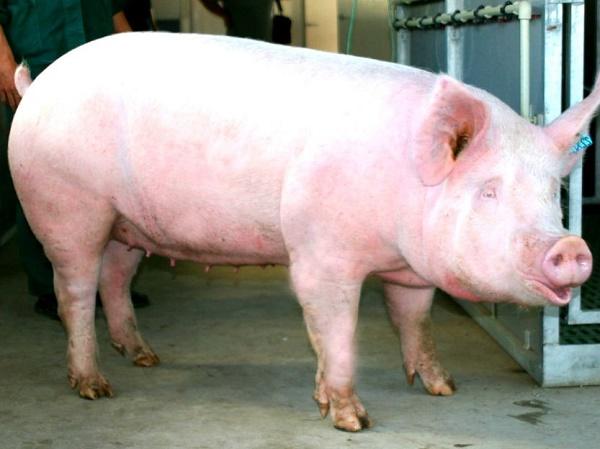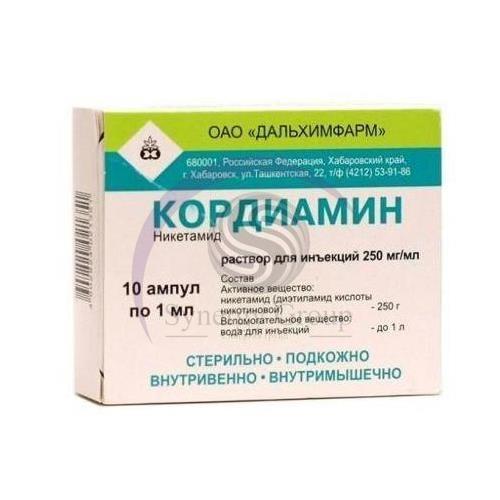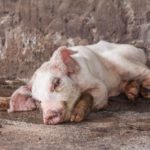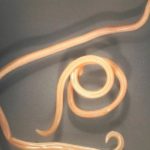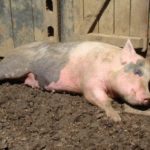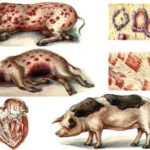Edema disease in young piglets is the main cause of their mortality. The owner takes care of his pets, provides them with comfortable conditions and the necessary nutrition, and they suddenly die. Similar symptoms also occur in young goats and lambs. Naturally, this prospect does not suit farmers, and they strive to prevent the disease from appearing in their animals.
Description and causative agent of the disease
Scientists do not yet have accurate information about which microorganism is capable of causing edema disease in pigs.Many of them agree that these may be betahemolytic toxigenic colibacteria. They are the cause of specific poisoning of the animal’s body. In veterinary medicine, the disease is also known as enterotoxemia or paralytic toxicosis. The disease is popularly called simply edematous disease of piglets.
A signal that a piglet has contracted a dangerous disease is an elevated temperature, which after some time drops to normal. Subsequently, the young pig refuses to eat, suffers from photophobia, vomiting, diarrhea and swelling appear. The animal's gait becomes unsteady.
Causes
Not much is known about the causes of edematous disease in pigs. Since the development of the disease is provoked by one of the types of bacteria that are constantly present in the intestines, it is logical to say that the cause of the disease is a decrease in immunity. In this case, pathogenic microflora will multiply in the young body first.
The following factors can provoke the development of the disease:
- stress due to weaning from the sow;
- early weaning, in which the intestines have not yet fully developed, and the protective functions of the young body are weak;
- improper conditions of detention;
- violation of the diet or incorrectly selected diet;
- lack of conditions for walking.
Even moving a piglet from one place to another causes severe stress, which leads to a decrease in immunity. Active bacteria can be spread by a recovering pig, so such animals should not be kept in a common pen. If the first symptoms of the disease become noticeable, the animal should be immediately transferred to a separate pen and protected from contact with other piglets.
Main features
The incubation period for edematous disease in piglets lasts only a few hours. The exact time depends on the rate of reproduction of bacteria, the number of which at a temperature of +25 ° C doubles every day. The body temperature of pigs is higher, and therefore the rate of reproduction of pathogenic microorganisms is higher.
The first symptom indicating the development of the disease is an increase in body temperature to 40.5 °C. After a few hours it drops back to normal. At home, such an alarm signal is easy to miss. After some time, the following alarming symptoms appear:
- swelling appears;
- the animal's gait is unsteady;
- diarrhea or constipation appears;
- the piglet loses appetite and vomits;
- photophobia appears;
- small hemorrhages on the mucous membranes become noticeable.
Edema disease gets its name due to the fact that fluid accumulates in the subcutaneous tissue. The eyelids, frontal part, snout, and back of the head may swell. If the disease is started, the nervous system is affected, and the following signs become obvious:
- muscle tremors;
- severe excitability;
- walking in a circle;
- head twitching;
- adopting a sitting dog pose;
- convulsions;
- twitching of legs when lying on side.
The excitement stage lasts only about half an hour, after which depression sets in. It is characterized by a lack of response to stimuli, paralysis, and bruising.
After this, the pig dies. Even if the pig can be saved at the initial stage and the disease is prevented from worsening, the animal will subsequently lag behind in development.
Forms
Edema disease in piglets is characterized by three main forms: acute, fulminant and chronic.Lightning got its name due to the fact that animals die suddenly, and there is virtually no time to take measures to save them.
Lightning fast
The fulminant form of edematous disease is distinguished by the fact that healthy piglets may die in the evening during the next day. Weaned pigs who are two months old are most often affected by the disease. This form of the disease occurs mainly on farms. From suddenly dead pigs, stronger brothers can catch an infection and get swelling and damage to the nervous system.
Acute
This form is the most common. The piglets live with it for up to a day, and the mortality rate is slightly lower, amounting to about 90%. Animals die from asphyxia because the nervous system loses the ability to conduct signals from the respiratory center of the brain. Before death, the pulse rises to 200 beats per minute. The heart tries to compensate the body for the lack of oxygen that has stopped coming from the lungs, accelerating the pumping of blood.
Chronic
This form of the disease is typical for piglets over 3 months of age. The symptoms are:
- poor appetite;
- depressed state;
- deposition.
The chronic form is different in that self-healing is possible. However, piglets that have recovered from the disease are developmentally delayed and exhibit lameness and a crooked neck.
Diagnostic methods
Diagnosing edema disease in piglets is very difficult. In terms of external signs, it has similarities with other diseases, so the veterinarian cannot always make a correct diagnosis. It is possible to give an accurate conclusion only after pathological studies. At autopsy, swelling of the subcutaneous tissue and swelling of the gastric submucosa are often detected. Venous congestion is observed in the liver and kidneys.Edema is more often observed in slaughtered piglets than in those that died on their own.
How to treat edema disease in piglets
Since edema disease in piglets is caused by bacteria, it is treated with antibiotics. Drugs of the penicillin and tetracycline groups are suitable. At the same time, it is recommended to use sulfonamide drugs. Some veterinarians consider aminoglycoside antibiotics to be more effective.
The names of antibiotics that are used to treat edema disease in piglets may be different, but they must belong to one of the named groups.
Concomitant therapy is carried out using calcium chloride 10%. Piglets are given daily intravenous injections or administered orally. Antihistamines are also administered. The dosage and method of administration depend on the form of release and the type of medication used. If piglets have heart failure, Cordiamin should be injected subcutaneously 2 times a day. Once the healing process begins, probiotics are prescribed to restore the intestinal flora.
During the treatment period, all errors in feeding should be eliminated and the pigs’ diet should be adjusted. During the first day of illness, animals are kept on a starvation diet. To cleanse the intestines as quickly as possible, they are given a laxative to drink. If the piglets survive, on the second day they are fed easily digestible food: potatoes, skim milk or beets. Vitamins B and D can be injected instead of feeding.
Prevention measures
The main prevention of edema disease is compliance with the rules of keeping and feeding piglets.A proper diet is necessary for pregnant pigs so that at the stage of intrauterine development the offspring receives all the necessary components for normal development and strengthening the immune system. From the third day of life, the young animals begin to be fed with vitamins, and in the warm season they are released for walking.
Under no circumstances should piglets be separated from the sow early. Feeding concentrates also negatively affects the health of young animals. When the animals reach two months of age, they are fed probiotics. The course of treatment begins before weaning from the sow and ends after it. The premises and equipment for maintenance must be periodically disinfected. In order to prevent edema, it is recommended to be vaccinated with the Serdosan vaccine. The first injection should be given already on the tenth day of life. After 14 days, the procedure is repeated.
Why is edema dangerous in piglets?
Edema disease in piglets is dangerous because it is difficult to recognize it at first. It proceeds quickly, and the owner sometimes does not even have time to take measures to save the animal. The mortality rate for the fulminant form of the disease is 100%, and for the chronic form it is 80%. Animals with strong immunity have a chance to survive.

